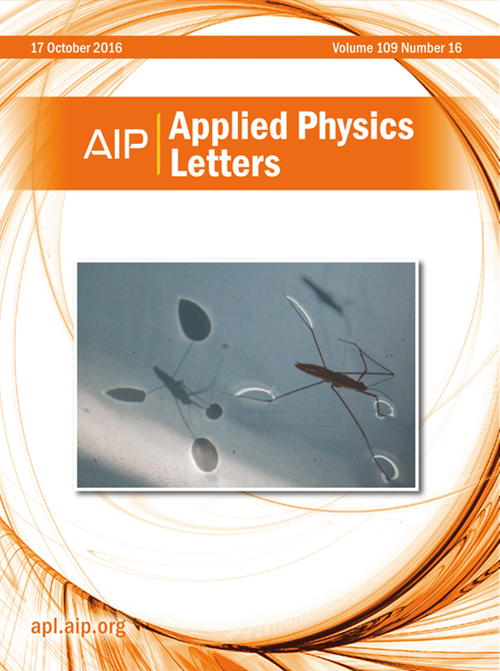Achieving strength–ductility trade-off of brittle soft magnetic multi-principal element alloy via metastability engineering
IF 3.5
2区 物理与天体物理
Q2 PHYSICS, APPLIED
引用次数: 0
Abstract
Soft magnetic multi-principal element alloys (SMMPEAs) are emerging as promising materials for magnetic components in electrical applications and sustainable energy supply. However, achieving both excellent mechanical properties and soft magnetic properties remains a challenge for SMMPEAs. Here, the “metastability engineering” strategy is exploited in SMMPEAs to overcome the strength–ductility trade-off via the transformation-induced plasticity (TRIP). The designed alloy has a tensile strength of 1.65 GPa at 15% tensile elongation, saturation magnetization of 131 emu/g, coercivity of 12.5 Oe, and electrical resistivity of 116 μΩ cm. The results herein provide an effective paradigm for developing metastable SMMPEAs with TRIP for an enhanced strength–ductility synergy, paving the way for their application of high-performance magnetic components.亚稳态工程实现脆性软磁多主元合金强度-延性平衡
软磁多主元素合金(smmpea)是一种新兴的磁性元件材料,在电气应用和可持续能源供应中具有广阔的应用前景。然而,实现优异的机械性能和软磁性能仍然是smmpea面临的挑战。在这里,“亚稳态工程”策略在smmpea中被利用,通过转换诱导塑性(TRIP)来克服强度和延性之间的权衡。在15%拉伸伸长率下,合金的抗拉强度为1.65 GPa,饱和磁化强度为131 emu/g,矫顽力为12.5 Oe,电阻率为116 μΩ cm。本文的研究结果为开发具有TRIP的亚稳态smmpea提供了一个有效的范例,以增强其强度-延性协同作用,为其在高性能磁性元件的应用铺平了道路。
本文章由计算机程序翻译,如有差异,请以英文原文为准。
求助全文
约1分钟内获得全文
求助全文
来源期刊

Applied Physics Letters
物理-物理:应用
CiteScore
6.40
自引率
10.00%
发文量
1821
审稿时长
1.6 months
期刊介绍:
Applied Physics Letters (APL) features concise, up-to-date reports on significant new findings in applied physics. Emphasizing rapid dissemination of key data and new physical insights, APL offers prompt publication of new experimental and theoretical papers reporting applications of physics phenomena to all branches of science, engineering, and modern technology.
In addition to regular articles, the journal also publishes invited Fast Track, Perspectives, and in-depth Editorials which report on cutting-edge areas in applied physics.
APL Perspectives are forward-looking invited letters which highlight recent developments or discoveries. Emphasis is placed on very recent developments, potentially disruptive technologies, open questions and possible solutions. They also include a mini-roadmap detailing where the community should direct efforts in order for the phenomena to be viable for application and the challenges associated with meeting that performance threshold. Perspectives are characterized by personal viewpoints and opinions of recognized experts in the field.
Fast Track articles are invited original research articles that report results that are particularly novel and important or provide a significant advancement in an emerging field. Because of the urgency and scientific importance of the work, the peer review process is accelerated. If, during the review process, it becomes apparent that the paper does not meet the Fast Track criterion, it is returned to a normal track.
 求助内容:
求助内容: 应助结果提醒方式:
应助结果提醒方式:


